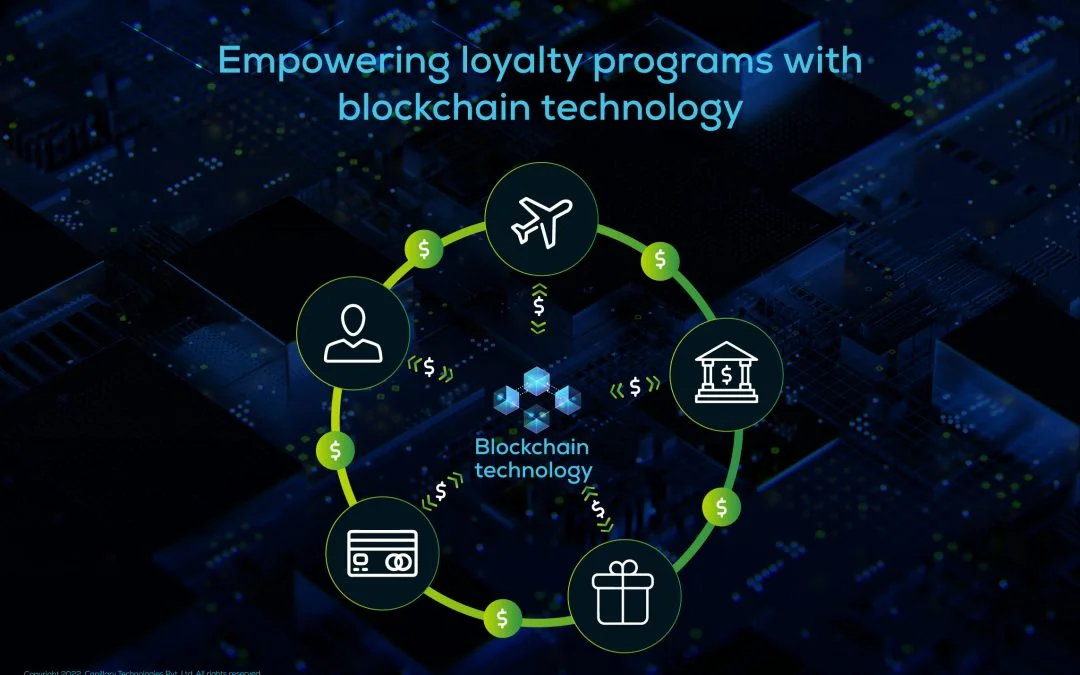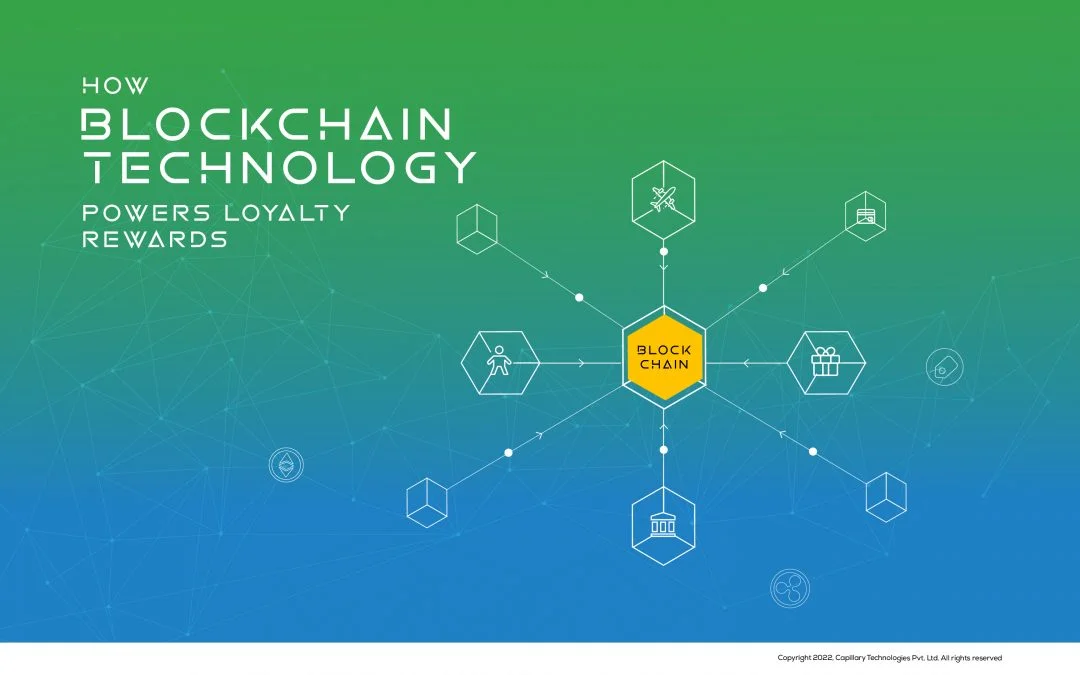- Design industry shaping loyalty programs
- Integrate easily and go live quicker
- Deliver hyper-personalized consumer experiences
Accor Plus - The Subscription Loyalty Proposition Leading the Global Hotel Industry in Loyalty TV's latest episode Watch Podcast >

“Every contact we have with a customer influences whether or not they’ll come back. We have to be great every time or we’ll lose them.” – Kevin Stirtz, author of More Loyal Customers
In today’s economy, it has become imperative for businesses to shift towards customer-centric models to gain market leadership. Customer retention through omnichannel engagement is being touted as the most preferred path as loyalty programs become strategic investments for every organization. Undoubtedly, consumers are highly appreciative of businesses that give them preferential treatment, rewarding them for their purchase decisions. The breadth and variety of reward programs are mindboggling, ranging from Shoppers Stop’s card-oriented and tier-based loyalty program (First Citizen Club), which offers exclusive previews of new products, home delivery for alterations, valet parking, etc. to Amazon Prime which is a household name now. And it doesn’t end here! Tata’s recent conglomerate loyalty program allows customers to earn and redeem points across a wider set of establishments. Indeed, the world of loyalty programs is growing faster than predicted.
The loyalty management market is expected to be worth $10.9 billion by 2024. However, customer sentiments across various industry reports paint a slightly grim picture with a whopping 96% agreeing that customer loyalty programs need improvement. 57% members don’t know their reward points balance, and 33% highlight the difficulties in using the rewards because of non-user-friendly terms and conditions. This clearly shows that many businesses have still not been able to meaningfully engage with their customers through a loyalty program.
A possible solution to this could be to integrate different programs into an intercoupled loyalty network, enabling customers to earn points from multiple schemes under one wallet that can be used at multiple outlets. But, this too partly addresses the problem. Moreover, in an industry with inconsistent digital infrastructure and in an attempt to introduce intermediary systems that risk the business proprietary information as well as customers’ PII, this won’t be easy. Adding to that, the solution would come with its own monetary implications as well. Thus, it is clear that the primary shortfall of current loyalty systems is that they are in a closed loop, which means that consumers can only trade value within those systems via limited products offered. On the contrary, there is an open system powered by blockchain for multiple providers where loyalty points could be easily exchanged across industries. Let’s delve more into this.
Popularly known as the technology powering the cryptocurrency world, blockchain, as a distributed ledger can be leveraged to enable transactions across participant networks in a secure and digitized interlinked network. This can eliminate many inefficiencies however, this would ask for real-time integration with multiple applications within a business, mainly ERP, CRM, databases, digital wallets, etc. According to Gartner’s Blockchain Business Value 2017-2030, the value of blockchain for businesses will exceed $3.1 trillion by 2030. This reflects that blockchain is expected to surge in the coming years due to its value-add for businesses. As a remedy to the ailing traditional loyalty programs, blockchain would allow the loyalty stakeholders, (namely loyalty providers, admins, end customers, etc.) to interact in one system without intermediaries and without compromising privacy or competitiveness.
For loyalty program providers, making upfront investments on the blockchain can streamline the execution and management of their programs with near-real-time transparency, resulting in cost savings in the medium to long term period. Large operators with programs that currently have a competitive advantage through scale can adopt new service models and offer value-added services to other businesses. They may join on their own terms, controlling how they wish their customers to interact with their rewards programs and others, while for small operators such a network provides them unprecedented scale. Finally, for end customers, this can be deployed through a common e-wallet that can interact with existing loyalty program platforms through smart contracts, which are protocol that automatically implements the terms of an agreement between parties when the predetermined conditions are met. Let’s take an illustrative example here. The above figure highlights the journey of ‘John’ and his rewards accumulated in the current disparate loyalty landscape. This eventually results in low redemption rates, time delays, high customer acquisition costs, and low client retention.
Now, the same illustrative example re-highlights the journey of ‘John’ and his reward experience, showcasing how blockchain can enable interlinked networks across brands by eliminating friction and bringing loyalty to earn & burn in real-time in a secure environment.
Such a multi-channel network will enhance overall customer satisfaction through easy redemption services and an improved loyalty experience. Simultaneously, this helps brands launch bundled offerings and joint campaigns based on the customer profiles & targeted segments. This also extends brands’ reach to a large customer base, helping cut down advertising and branding expenses, increasing sales, and ultimately improving brand recall and customer stickiness.
Building such an interlinked loyalty network has to overcome the challenges of today’s fragmented systems that depend on central administration requiring the coordination of multiple parties through trusted intermediaries as well as would require upfront costs to break down siloed systems, and maintain data security and coordinate multiple intermediaries. While every new technology innately comes with challenges, blockchain has the potential to act as a facilitator to enable a ledger of transactions, interact with legacy systems through smart contracts, and drive improvements in the existing loyalty systems. Hence, today both small startups and large-scale technology companies are looking to innovate around blockchain-based loyalty platforms.
As the world is gearing up for revamping the loyalty programs, organizations need to embrace the blockchain makeover by starting small with a PoC (proof-of-concept) focusing on an internal use case, and then extrapolating to external scenarios, finally broadening the scope.

April 19, 2022 | 4 Min Read
“Every contact we have with a customer influences whether

December 1, 2024 | 7 Min Read
Crypto rewards are becoming a game changer in the way brands